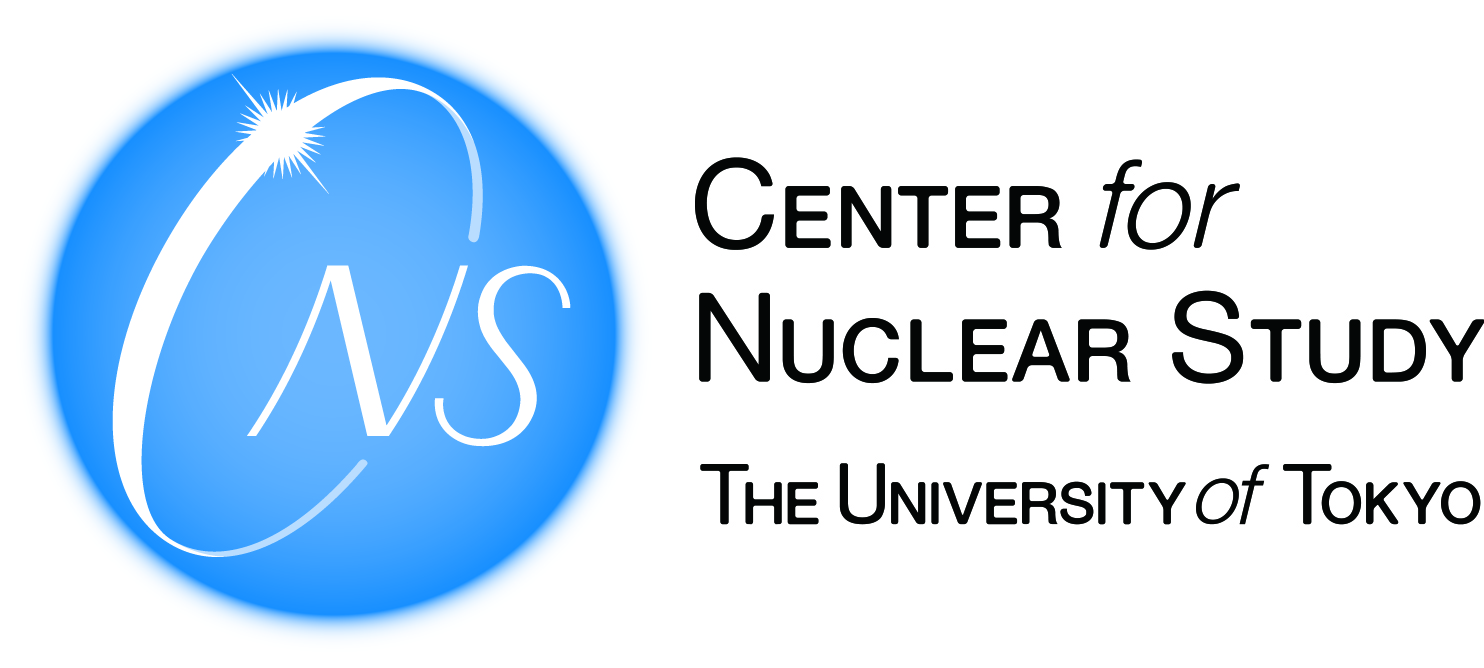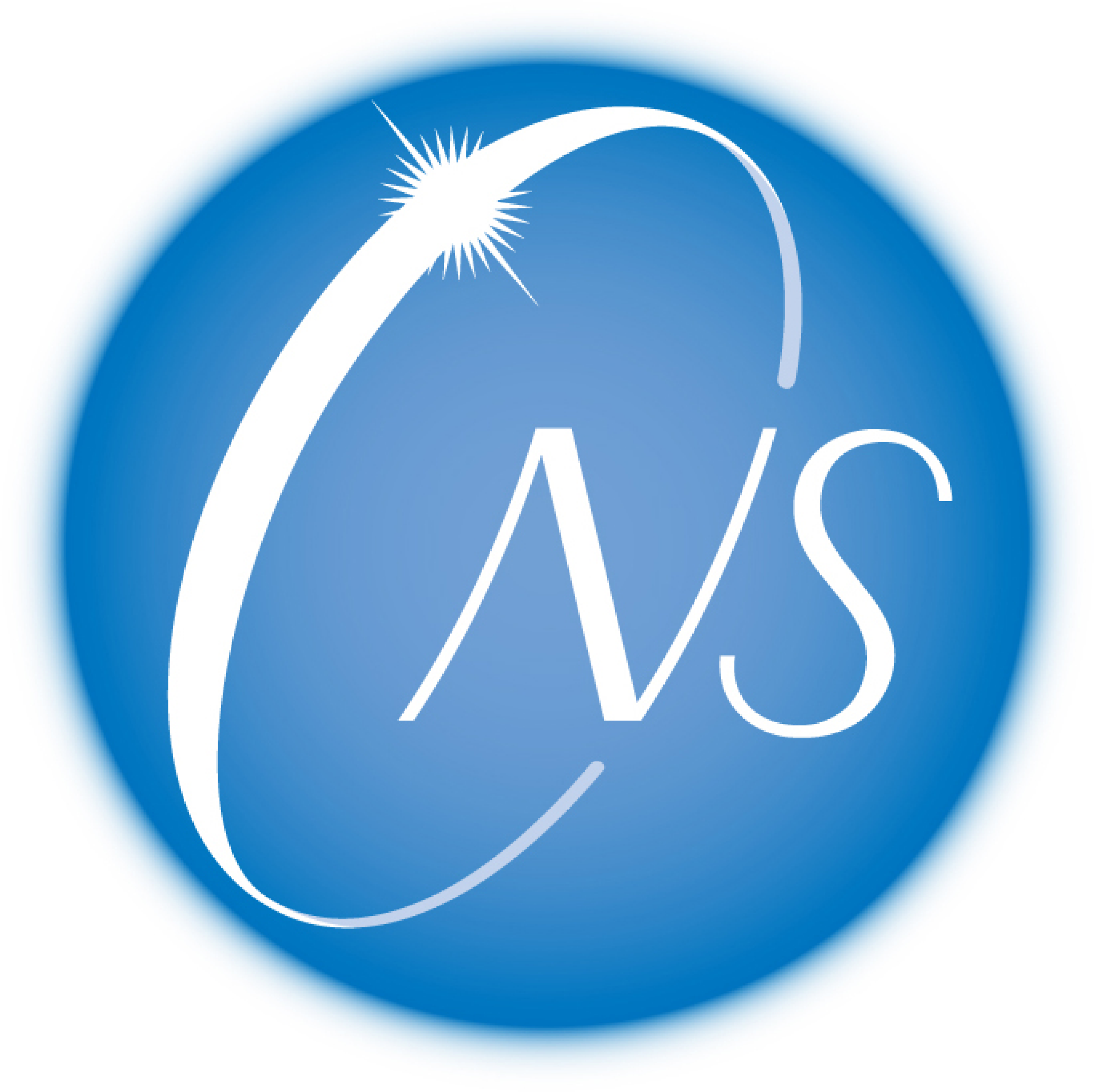Education
The Center for Nuclear Study (CNS), the University of Tokyo studies the physics of hadronic many-body systems, from nuclei to quarks. With the development of accelerator technology, we now have the tools to explore previously unreachable areas, as represented by the RIKEN RI Beam Factory, which is in strong collaboration with CNS, in particular the large experimental instruments, SHARAQ and CRIB, and OEDO, built by CNS. CNS has seven faculty members (one professor, three associate professors, one lecturer and two assistant professors) as well as graduate students and post-doctoral fellows who promote cutting-edge research at these giant accelerator facilities. For individual research topics, please see below.
Labs in CNS
- 光格子干渉計によるフランシウム永久電気双極子能率(EDM)探索
- 原子核媒質中における弱い相互作用の伝搬機構(anapole moment)
- レーザー冷却極性分子(Fr-Sr)生成の開発

現在存在が確認されている原子核は3000個あり、理論では更に3000個存在すると言われています。 これらの原子核の殆どは放射性同位体で、強い相互作用では束縛しますが、弱い相互作用では 崩壊します。世界中で10を超えるこれら放射性同位体を研究する施設が稼動しており、熾烈な競争状態にあります。 我々は、世界でもユニークな実験設備である低速化装置OEDO+磁気分析器SHARAQのホスト研究室として、 世界中のユーザーと共に有限量子多体系での核子の自己組織化機構の解明を目指して、日々研究を 推進しています。
特に、変形共存、エキゾチック変形、BEC-BCSクロスオーバー現象といった、近年明らかになってきた新奇 現象を実験的に調べています。また、中性子過剰な原子核の中性子捕獲反応断面積を評価することで、 重い元素の起源天体について微視的に調べています。これら研究を可能にする、γ線検出器、スト リップ型のシリコン半導体検出器を用いた反跳粒子検出器、薄型ダイヤモンド検出器の開発も進めています。

原子核はたかだか100個程度の核子からなる少数粒子系で、陽子・中性子の組み合わせで生じる様々な様態が研究対象になってきました。 有限のシステムなので、表面や形といった巨視的な属性があります。 原子核を原子核散乱を通して外から「突っつく」ことで回転・振動運動を引き起こすことができます。 この現象は原子核集団励起と呼ばれ、原子核の堅さをはじめとした基本的な性質を反映します。 エキゾチック核反応グループでは「突っつき」に対する原子核の応答を調べることで原子核の新しい様相、集団性を生み出す相互作用の研究を進めています。
RIBF の不安定核ビームによって、散乱実験に用いられてこなかったアンバランスな原子核を対象にすることができるようになりました。 これらの原子核について、従来からあるスピン・アイソスピン応答の研究を行うのが研究室の主軸です。 このために、PANDORA をはじめとした中性子検出器の開発を進めました。 時に、スピン異性体など、新しい不安定核ビームの開発を行います。 一方で、不安定核ビームで別の原子核を「突っつく」ことにより、新しい共鳴状態を探索します。 大きな角運動量をもったビームを使えば、高スピン状態が効率よく作れるかもしれない、などの素朴なアイデアを実地で試せるような恵まれた時代を実験核物理学は迎えています。


The mechanism by which stars shine in the universe and explosive phenomena such as supernovae occur can be explained by the action of small atomic nuclei inside atoms. "Nuclear astrophysics" is a research field that connects celestial bodies floating in the vast universe with tiny atomic nuclei. The power of nuclear astrophysics is needed to answer questions such as how the elements around us were synthesized throughout the history of the universe, and how stars in the universe burn and explode.
Yamaguchi Lab./Nuclear Astrophysics Group is working with researchers from all over the world to solve various mysteries of the universe, from the Big Bang nucleosynthesis, the first element synthesis in the universe, to the frequent explosive phenomena in the universe, such as X-ray bursts, using a unique device "CRIB" that can generate unstable nuclear beams at the temperatures of explosive stellar environments.
Nuclear astrophysics has become a major theme in nuclear physics worldwide. While the main research of Yamaguchi Lab. is based in Japan, we are conducting unique research in a highly international research environment.



大学院進学ガイダンス
RIKEN RI Beam Factory tour by Center for Nuclear Study
Tour and lectures are conducted for the RIKEN RI Beam Factory /Center for Nuclear Study of U-Tokyo, the base facility for cutting-edge nuclear physics
May 10 (Sat), 2025, 13:00-
RIKEN (Hirosawa 2-1, Wako, Saitama)
Registration form here
Admission guidance for the Graduate School of Science, Department of Physics (online)
May 31 (Sat), 2025, 10:00-15:30
This guidance includes the introduction of the A2 sub-course, to which CNS belongs.
Details will be shown atthe web page of the Department of PhysicsCounseling session with CNS professors will be held for 13:30-15:30, as a hybrid (in-person+online) meeting.
Details, including zoom URL, will be shown here later.
Guidance for the admission of the A2 sub-course Labs.
To be held early June. Details will be added soon.
CNS Lab. Guidance
To be held at Room 233, Sci Bldg. 1 (Hongo), on June 13 (Fri), 2025, 16:30-18:00
This guidance includes the introduction of each Lab. at CNS.
Facility tour of CNS Wako/RIKEN RIBF
A facility tour will be conducted on Jun 14 (Sat) afternoon, 2025. Please ask the professors for details.
A personal tour can be conducted anytime on demand. Please feel free to ask each professor.
Contact about the CNS Guidance: T. Gunjigunji@cns.s.u-tokyo.ac.jp)





